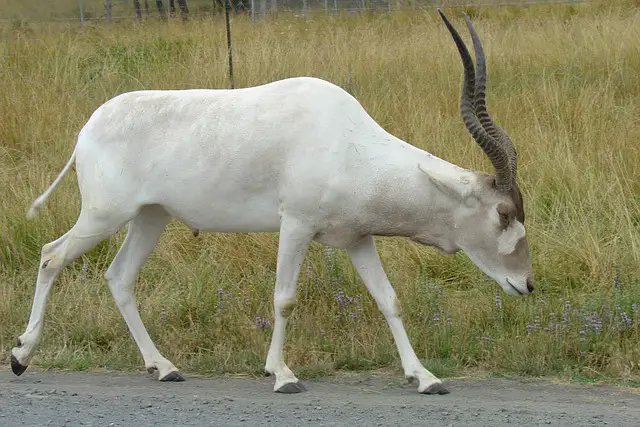Skyrunning—running in the sky—has captivated adventurers and athletes alike, merging the realms of mountaineering and long-distance running into a sport that celebrates the rugged beauty of our planet’s highest terrains. But who governs this exhilarating sport? Let’s delve into the fascinating history and development of the International Skyrunning Federation (ISF), the body that has been pivotal in shaping skyrunning as we know it today.
What is Skyrunning and How Did It Begin?
Skyrunning traces its origins back to the early 1990s when Italian mountaineer Marino Giacometti envisioned a sport that combined high-altitude mountaineering with long-distance running. Partnering with fellow enthusiasts Bruno Brunod and Fabio Meraldi, Giacometti started organizing races across peaks that soared above 2,000 meters, with some even touching 4,000 meters. These events took place in formidable locations, from the Matterhorn in Switzerland to Mont Blanc in France, offering a unique challenge to those daring enough to compete.
The Birth of the International Skyrunning Federation (ISF)
Why Was the ISF Founded?
As the passion for skyrunning started gaining international traction, it became evident that a formal body was needed to oversee the sport’s rules, regulations, and growth. Thus, in 1995, the International Skyrunning Federation was formally established. The ISF not only set the governance and standards for the sport but also organized races and championships, giving the sport global structure and recognition.
Significant Milestones in ISF History
The ISF’s journey hasn’t been a smooth climb. It has reached numerous significant milestones that have contributed to its stature:
1. **2008 – The Foundation of the Federation:** Establishment of the ISF resulted from merging the Federation for Sport at Altitude and the existing skyrunning circuit.
2. **2009 – The Constitution of the ISF:** A formal constitution was adopted to give the ISF a robust governance structure.
3. **2010 – Skyrunner® World Series (SWS) Launch:** One of the most impactful initiatives, the SWS brought together the best skyrunners to compete at iconic locations worldwide.
4. **2012 – First Youth Championship:** Recognizing the importance of nurturing young talents, the ISF organized the inaugural Youth Skyrunning Championship.
The Structure and Role of the ISF
Who Governs the ISF?
The ISF is governed by a General Assembly, which includes representatives from national federations and associations. An executive committee, elected by the General Assembly, oversees the day-to-day operations and long-term planning. Moreover, specialized subcommittees focus on areas like athlete welfare, anti-doping, race organization, and environmental impact.
Key Objectives of the ISF
1. **Standardization of Rules:** Ensuring that races worldwide adhere to a standardized set of rules so that the sport maintains its integrity and competitive fairness.
2. **Global Promotion:** Striving to promote skyrunning globally, making it accessible to more athletes from diverse backgrounds.
3. **Youth Development:** Investing in the future of the sport by organizing youth events and providing training programs.
4. **Safety and Environmental Stewardship:** Emphasizing the importance of safety protocols and minimizing the environmental footprint of skyrunning events.
How Has the ISF Shaped the Sport of Skyrunning?
The ISF’s impact on skyrunning is multi-faceted. Here are some significant contributions:
1. **Organized Competitions:** From the Skyrunner® World Series to Continental and National Championships, the ISF has ensured a structured competitive framework.
2. **Innovation and Evolution:** The ISF continually adapts to new trends, technologies, and the evolving needs of athletes. This flexibility has been crucial in sustaining the sport’s popularity.
3. **Global Reach:** By fostering international partnerships and including diverse terrains, the ISF has made skyrunning a truly global sport.
4. **Community Building:** The ISF has created a community of athletes, organizers, fans, and environmentalists united by their love for the mountains and the sport.
The Future of the International Skyrunning Federation
What Lies Ahead?
As the ISF moves forward, it faces several challenges and opportunities. Climate change poses a significant threat to high-altitude environments, necessitating more stringent environmental practices. Furthermore, as the sport grows, maintaining its unique ethos while ensuring commercial viability will be a delicate balance.
New Initiatives and Goals
1. **Digital Engagement:** Leveraging digital platforms for greater engagement, broadcasting races to a wider audience.
2. **Inclusivity:** Efforts to make skyrunning more inclusive, encouraging participation from women and underrepresented regions.
3. **Technological Integration:** Incorporating new technologies for better race management, athlete tracking, and safety.
Conclusion
The history of the International Skyrunning Federation is a remarkable tale of vision, perseverance, and passion. From its humble beginnings in the Italian Alps to its current status as a global governing body, the ISF has significantly contributed to the growth and mainstream acceptance of skyrunning. By setting standards, organizing competitions, and promoting the sport worldwide, the ISF has taken skyrunning to new heights—literally and metaphorically. As we look to the future, the ISF’s role will undoubtedly continue to be pivotal in navigating the challenges and seizing the opportunities that lie ahead.




